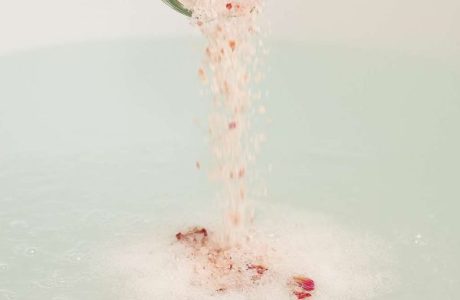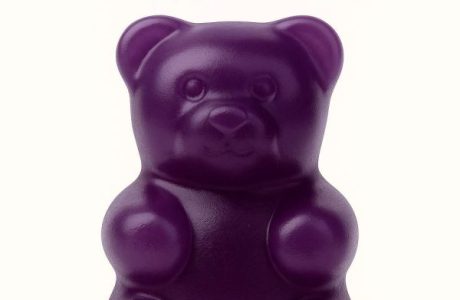
So these past few weeks Queensland Australia has been hit with rain, and that too, long, relentless rain. We had the same thing happen around 6 months ago. Rain is nothing new, but we are getting mould or mold as they spell it in some countries in places we never had mold or mildew before.
Australia’s east coast is being engulfed by mould with experts receiving large numbers of calls. But what can you do yourself? Firstly let me say if you have black mould you need to get expert mould people out to look at your property. If you are in a rental property that has mould you need to speak to your landlords.
If you are cleaning mould in your own home, wear a face mask and gloves, empty the room if possible.
Now we all know that mould is bad for us. But how do we know the difference between mould and mildew?
Mold tends to have a higher profile and can even become fuzzy, while mildew is usually flat. Mold exhibits darker colors such as dark green and black; mildew may begin as white, then turn brown or gray and often found on ceilings.
So why is mould bad for us and can mould make us sick? What are the symptoms to look out for?
Mildew can cause mild respiratory issues, sore throats, and headaches in people. Mold or Mould on the other hand, can cause memory loss, migraines, mood swings, and melancholy by affecting the nerve system. Mold can also irritate the skin and eyes, induce congestion, cause respiratory infections, and cause general aches and pains.
Many store-bought mildew cleaners contain hazardous solvents and petroleum-based chemicals. Give these effective DIY homemade mould killers a try on your mould or mildew.
PS: We had our own issues with mould a few months after buying our property. It rained for 5 days straight and our house was all locked up. We had fitted it out with those nice natural reed baskets and cane coffee tables from Kmart, Adairs and Target. Well it turns out that those materials are absorbent, so my water reed coffee table just soaked up the moisture in the room like a damp rid container. I replaced them and then sealed them with a sealer hoping it was enough to stop the mould from happen again, but the next time it rained for a week, the same thing happened. I now have non-porous materials only and always run the fans or aircon.
So here are our top tips as well as some advice or prevention. Prevention is better than a cure right?
- Air out your property. If a ray of sunshine comes through, open up as many windows as you can.
- Natural Light! Pull back the curtains, and leave doors open for light and airflow. UV light treatments are often used in hospitals to clean the air or sanitize food and water supplies. Increased natural light inside can help reduce mold growth by exposing mould to UV rays and drying out damp places, eliminating the key moisture component it requires. If you can have natural light consider UV light
fittings in dark damp places.
- Run your aircon on a humidity dry setting to evaporate the moisture from the air. or buy a dehumidifier to extract the humidity.
- Use a natural antifungal in your cleaning supplies ALL the time. Tea tree oil
is a natural antifungal. Since mold and mildew are a fungus, it works as a great natural cleaner and you can add a few drops to your mop water and surfaces cleaner and use all year round.
How do you make your own mould or mold spray?
We always assume bleach is the best thing for mould but Vinegar is an extremely powerful natural mould cleaner. While bleach only bleaches the mould white, vinegar kills the mould spores and can even prevent the mould and mildew from returning if used consistently. You can buy mould killers from hardware stores also.
This DIY mould and mildew remover is simple to create and smells great. It combines vinegar and essential oils recognized for their antifungal and antibacterial characteristics.
Combine 1 part water and 1 part vinegar
in a spray bottle, add 20 drops of tea tree essential oil
and shake to mix. Then spray on the surface. The longer you can leave it on the surface the better.
Spray cleaner on mildew and wipe with a wet sponge. Scrub with a brush to remove mildew stains.
The folks up north where the humidity is highest, swear by using oil of cloves . But it is a little hard to come by at the moment as their secret has got out down south and now no one can find it, although we did find it over on Amazon. You can use tea tree oil in replacement and it’s easier to get hold of. My top suggestion as mentioned above is to incorporate these two products Oil of cloves
, and Tea tree oil
into all your cleaning products, all year around.
Homemade Mildew Remover
1 tablespoon Borax
¼ cup chlorine bleach
1 ½ cups water
Homemade Mold Killer
Combine 1 part water and 1 part vinegar in a spray bottle
Add 20 drops of tea tree essential oil and shake to mix.
Then spray on the surface. The longer you can leave it on the surface the better.





Leave a Reply